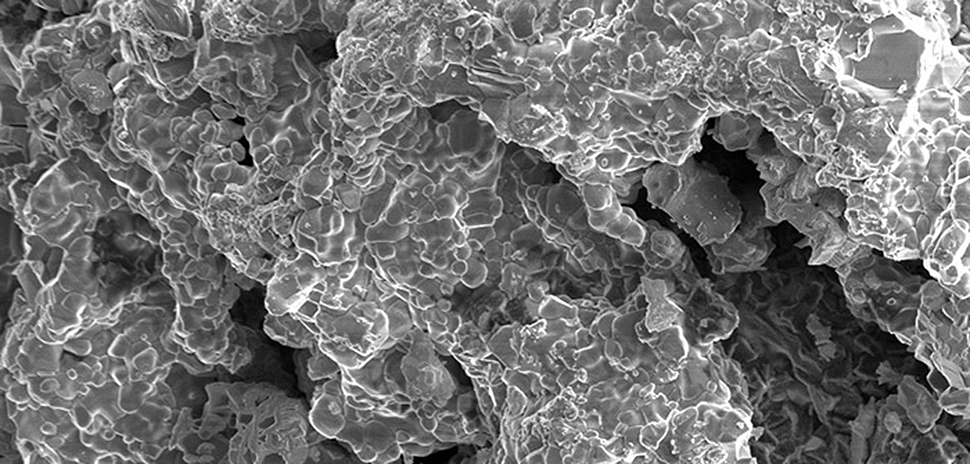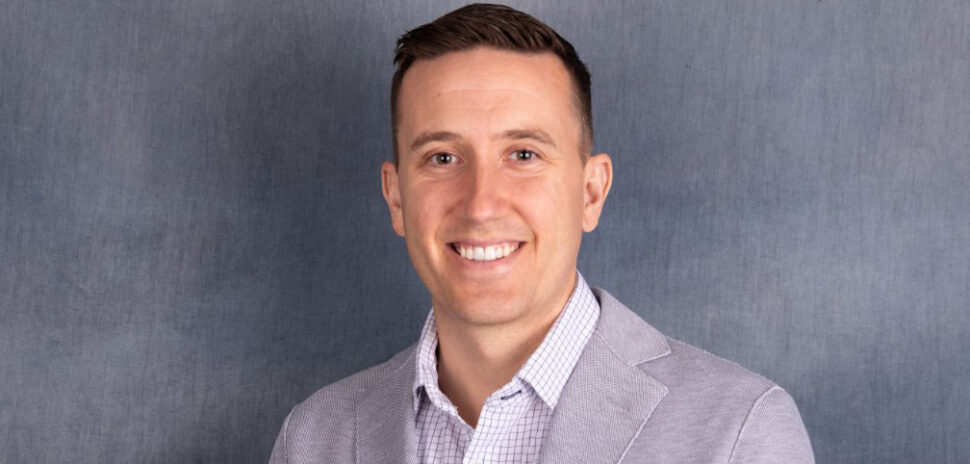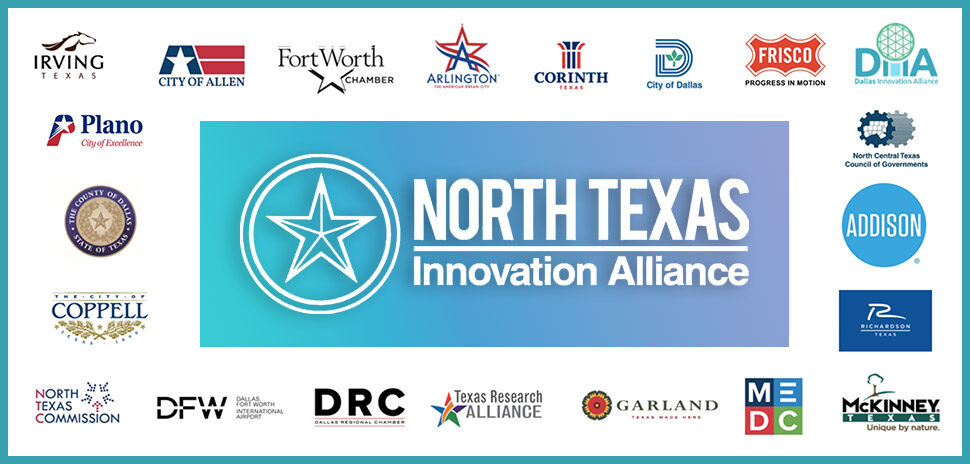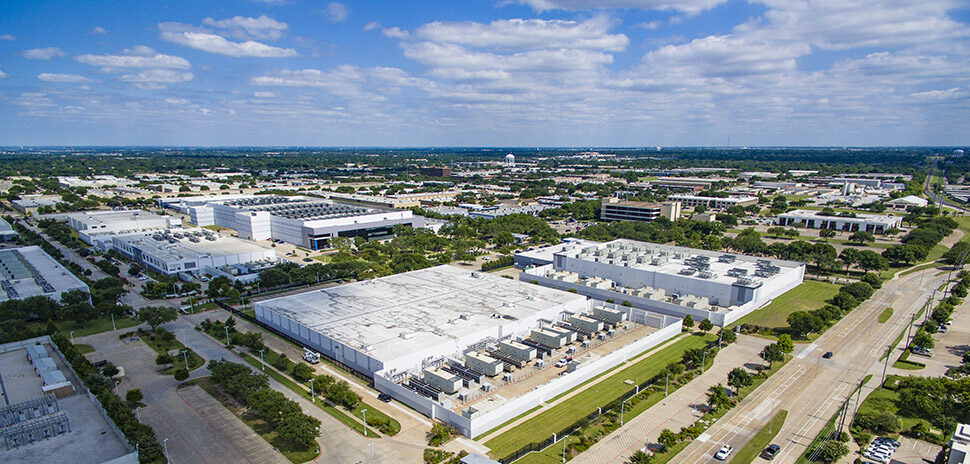![]() Every week, we do a little research of our own. We’re looking for scientists, professors, engineers, entrepreneurs—anybody, really—engaging in research and development across North Texas.
Every week, we do a little research of our own. We’re looking for scientists, professors, engineers, entrepreneurs—anybody, really—engaging in research and development across North Texas.
There’s plenty of good work being done. If you want to put R&D under your microscope, sign up for our e-newsletter.
Overheating batteries? UTD scientists are hot on the case
You’ve probably heard of lithium-ion batteries getting too hot and catching on fire. It can happen with a smartphone, a camera, or any other mobile device—but what causes the problem, and how do you fix it?
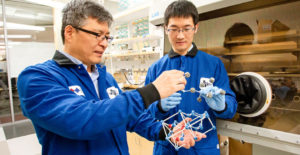
Kyeongjae ‘K.J.’ Cho, left, and Fantai Kong use atomic structure models of crystalline solid and amorphous oxides to explain the dangers of unstable battery materials. [Photo: Courtesy UT Dallas]
Researchers at the University of Texas at Dallas are in pursuit of the answers to both. Fixing the problem could lead to safer, longer-lasting, better-performing batteries.
After three years of material simulation, synthesis, characterization and battery performance tests, the UTD researchers have discovered the problem with lithium-ion batteries isn’t actually inside the battery materials at all.
“It turns out only the surface of the battery cathode materials is the problem,” Kyeongjae ‘K.J,’ Cho, professor of materials science and engineering in the Erik Jonsson School of Engineering and Computer Science, said in a statement. “The inside is OK. This gives us great hope we can figure out how to stabilize the surface and make really high-capacity batteries a reality.”
According to Cho, high-energy-density batteries can be prone to increased volatility.
“When a battery is constantly charged and recharged, the material begins to degrade. Released energy causes heating, and the battery catches fire. That’s essentially the safety problem,” he said.
But Cho said their might be a cure for the problem.
“Only the surface of the battery materials is unstable and unsafe,” he said. “If that can be addressed, it can be fixed.”
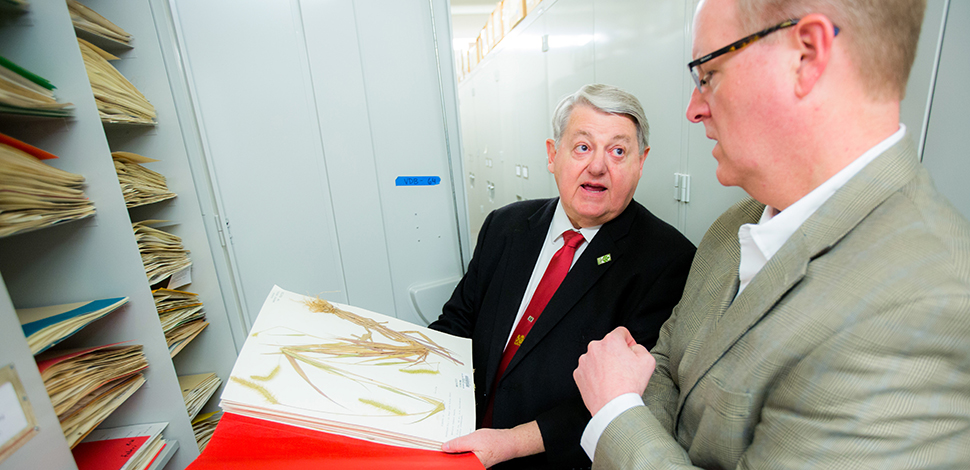
Ed Schneider, president and executive director of BRIT, with Robert McClain, associate vice president for Research & Innovation at the University of North Texas Health Science Center. [Photo: Courtesy UNTHSC]
BRIT and UNTHSC agree to collaborate
Two prominent Fort Worth institutions will collaborate on research, educational activities, and community programs.
The Botanical Research Institute of Texas and UNT Health Science Center have signed a memorandum of understanding that both believe will be a great opportunity, BRIT President and Executive Director Ed Schneider said in a statement.
BRIT has more than 1.5 million species of plants, a number of books, and a large collection of illustrations, which will provide opportunities for UNTHSC’s medical and pharmaceutical students.
“It’s an opportunity to put our scientists together in pursuing research funding.”
Robert McClain
Robert McClain, associate vice president for research and innovation at UNTHSC, said both institutions will benefit from sharing research and combing lab space, facilities, and scientific equipment. And, the agreement should strengthen both institutions’ research funding opportunities.
“It’s an opportunity to put our scientists together in pursuing research funding,” McClain said. “Together we can create grant proposals that will be very strong and more competitive.”
BRIT and UNTHSC will find ways to collaborate on projects. One project, for example, calls for an annual lecture given by a noted scientist that will focus on plants that are important to pharmacology.
“Partnerships like the one we are creating with UNTHSC are essential as BRIT grows into its full potential as an international botanical research and education center,” Schneider said. “This agreement is a great opportunity for collaboration.”
UTA professor gets around $900K in grants for structural health monitoring research
A professor at the University of Texas at Arlington is using a pair of grants totaling $900,000 to monitor structural health and detect when damage occurs.
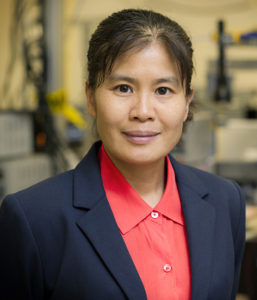
Haiying Huang, UTA professor of mechanical engineering [Photo: Courtesy UTA]
According to a news release, Haiying Huang, a professor of mechanical and aerospace engineering at UT Arlington, is using a $599,928 grant from the U.S. Department of Defense to design ultrasound transducers, which convert mechanical vibrations to electrical signals or vice versa. The transducers can be glued to the hulls of ships to detect and monitor material degradation that causes corrosion on high-strength ship-building materials.
“This type of technology goes beyond normal maintenance for a ship,” Huang said in a statement. “It captures valuable data about the material state before it becomes a much larger problem. By detecting them earlier, we’re hoping it can drastically reduce the maintenance costs in the long run.”
Huang will also use a three-year, $299,973 grant from the Office of Naval Research to research optical fibers as ultrasound waveguides to create sensor networks that can detect when and where damage occurs within a structure.
The networks might be important components for structural health monitoring. That’s the process of checking the condition of components of buildings, ships, and other structures in real time, which you can read more about in Jeremy Agor’s report here.
READ NEXT
![]()
Get on the list.
Dallas Innovates, every day.
Sign up to keep your eye on what’s new and next in Dallas-Fort Worth, every day.










